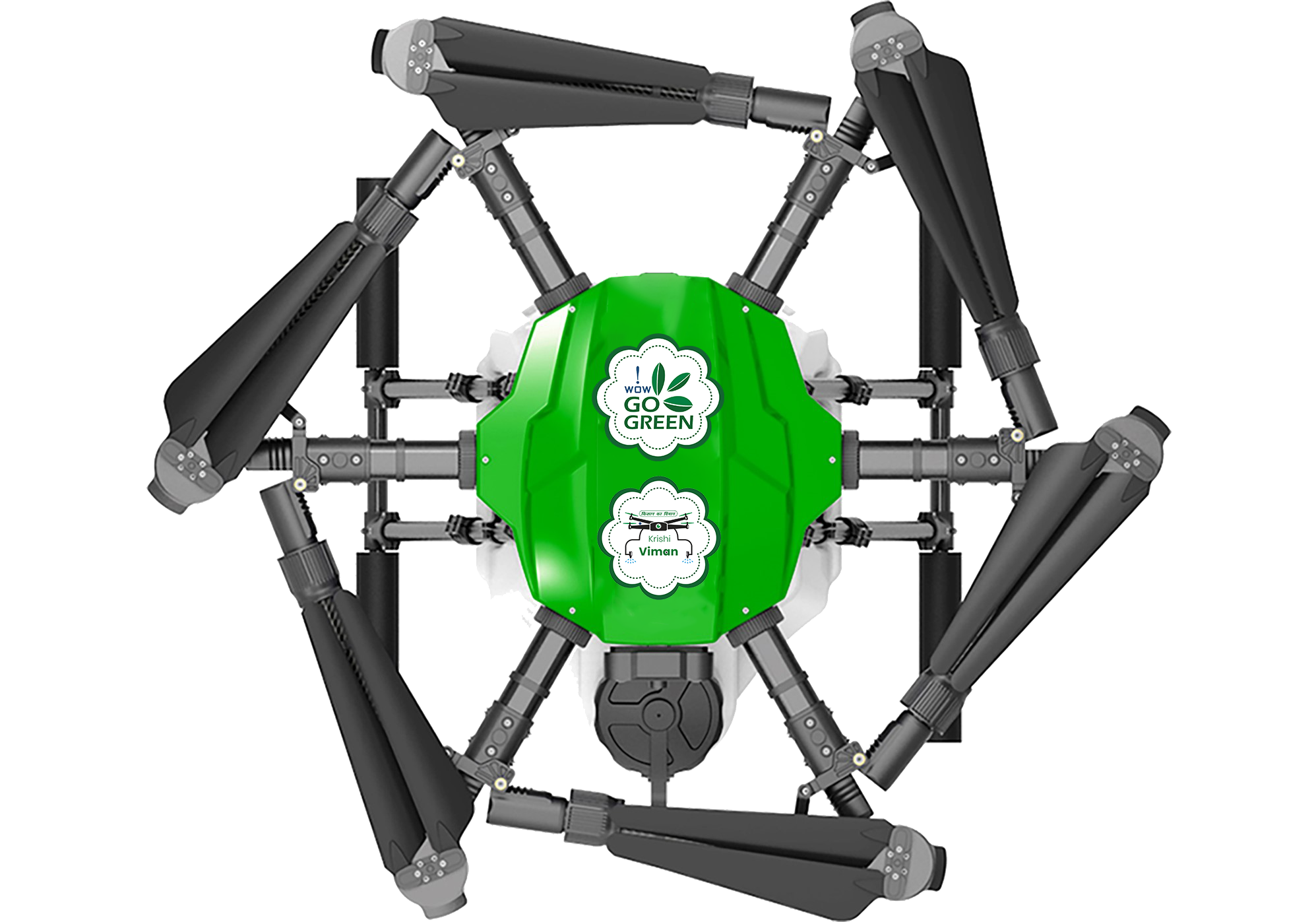Navigating Challenges: Overcoming Barriers to Adoption of Drone Technology in Agricultural Practices Across Rural India
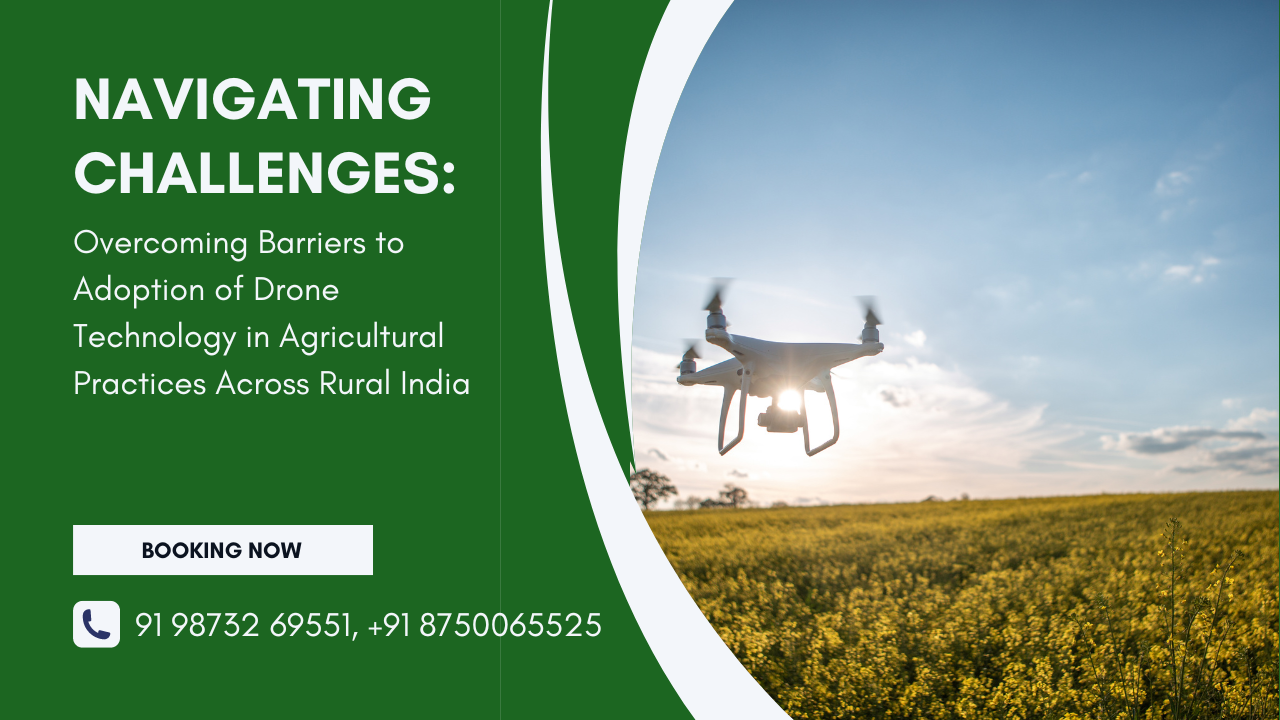
- By: krishiviman /
- 05-03-2024
The integration of drone technology in agriculture has revolutionized farming practices worldwide, offering new vistas for crop monitoring, spraying pesticides, and gathering critical data which can enhance productivity and sustainability. However, the adoption of such advanced technology faces numerous challenges in rural India.
Understanding the Challenges:
Lack of Awareness: Many farmers in rural India are not aware of the potential benefits of drone technology in agriculture. This includes its capabilities in precision farming, crop health monitoring, and efficient resource management.
High Initial Costs: The initial investment required for purchasing drones and related technology is quite high, which can be a significant deterrent for small-scale farmers.
Technological Complexity: The complexity of operating drones and interpreting the data they collect can be daunting for farmers who traditionally rely on conventional farming methods.
Regulatory Hurdles: India’s regulatory framework regarding drone usage in civilian spaces, including agriculture, is still evolving and can be a barrier to widespread adoption.
Maintenance and Repair: The availability of services for maintenance and repair of drones in rural areas is limited, posing a challenge for consistent use.
Educational Initiatives:Awareness Campaigns: Launching educational campaigns that demonstrate the benefits and potential uses of drones in agriculture. These should be conducted via workshops, demonstrations, and through digital media tailored to rural audiences.
Training Programs: Establishing training centers in rural areas that can teach farmers how to operate and maintain drones. Collaborations with agricultural universities and tech companies can facilitate these programs.
Simplified Manuals and Guides: Providing easy-to-understand user manuals, possibly in various regional languages, to help farmers overcome the technological learning curve.
Financial Support and Incentives:
Subsidies and Grants: Lobbying for government subsidies or providing grants that can help reduce the financial burden of adopting drone technology for farmers.
Financing Options: Partnering with banks and financial institutions to offer tailored financing options such as low-interest loans specifically for buying and implementing drone technology in agriculture.
Insurance for Technology: Introducing insurance products that cover drone technology to mitigate the risk factor associated with high initial investments.
Policy Advocacy:
Simplifying Regulations: Working with policymakers to simplify the regulatory process for drone usage in agriculture, ensuring that the policies facilitate rather than inhibit the adoption of new technologies.Creating a Supportive Framework: Advocating for a government-led framework that supports the infrastructure required for the operation of drones, such as designated flying zones and maintenance workshops.
Infrastructure and Local Partnerships:
Service Centers: Establishing local service centers for maintenance and repair of drones, possibly in partnership with drone manufacturers or local technical institutes.
Partnerships with Tech Providers: Building partnerships with drone technology providers who can offer ongoing support and updates, ensuring that farmers are not left with obsolete technology.
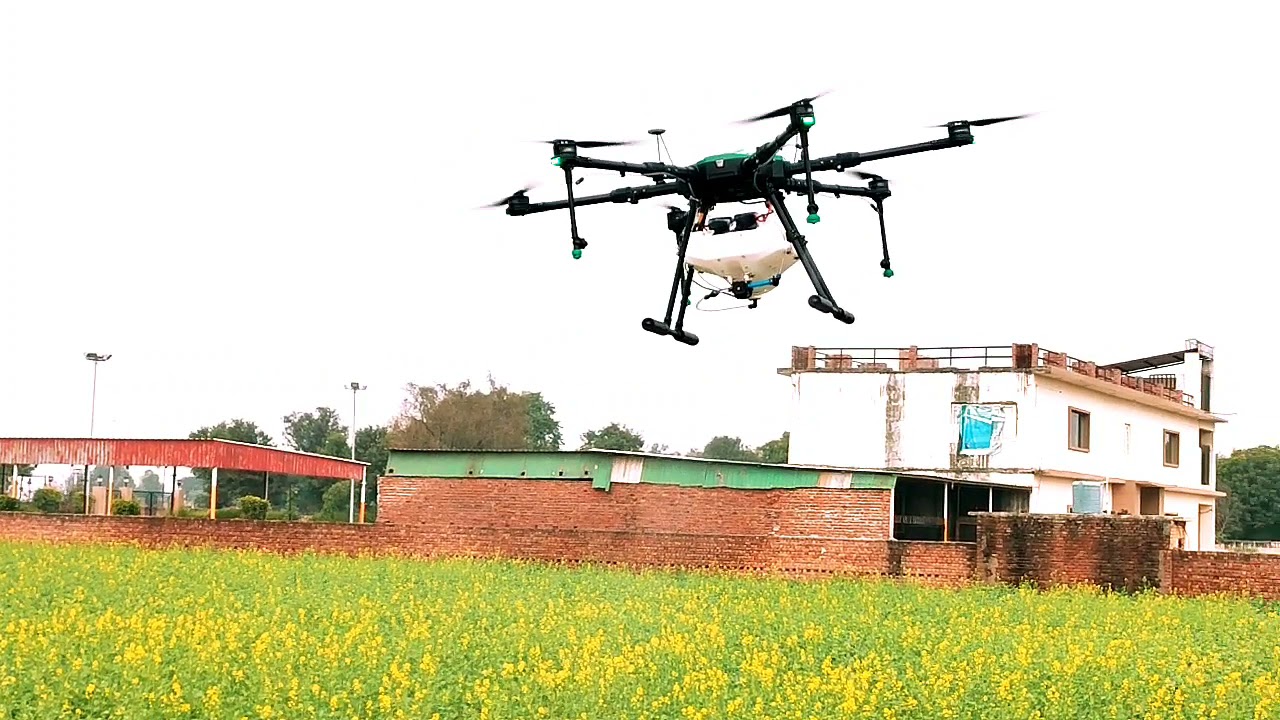
Revolutionizing Indian Agriculture: The Emergence of Drone Technology in Farming Practices
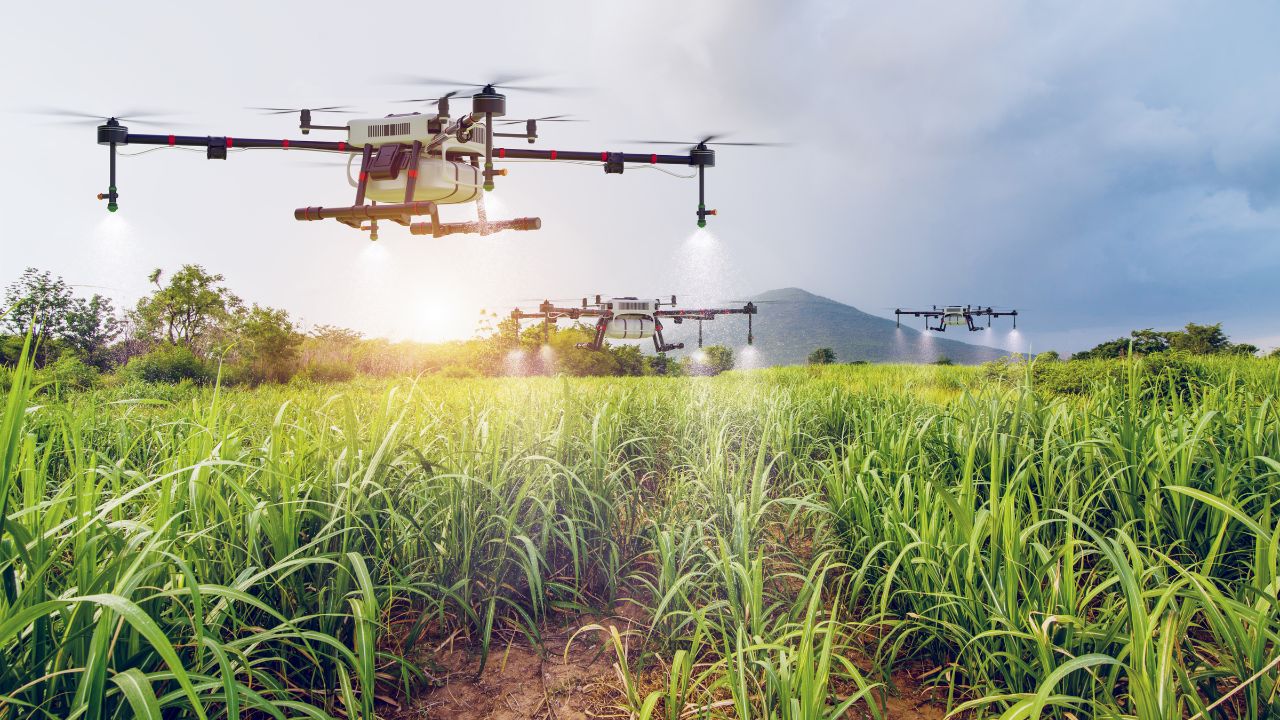
Importance of Drone Technology in Indian Agriculture and Farming Introduction
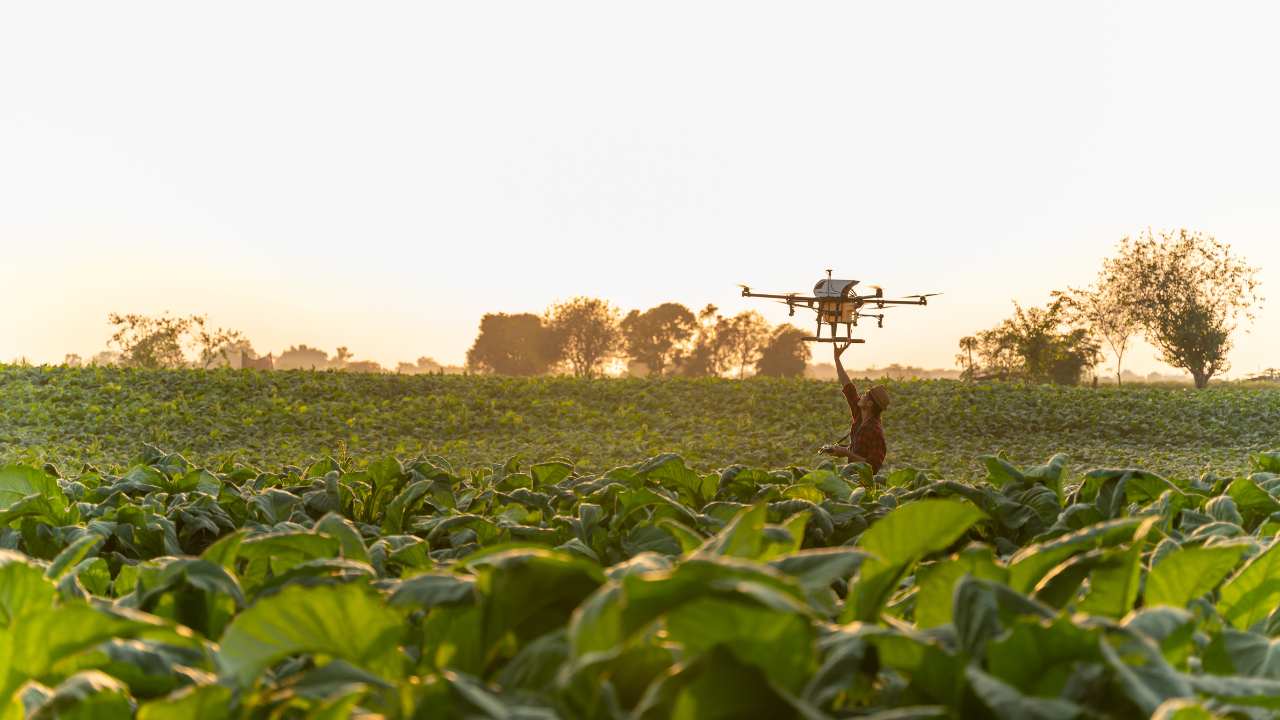
Revolutionizing Indian Agriculture: Krishiviman's Pioneering Drone Technology
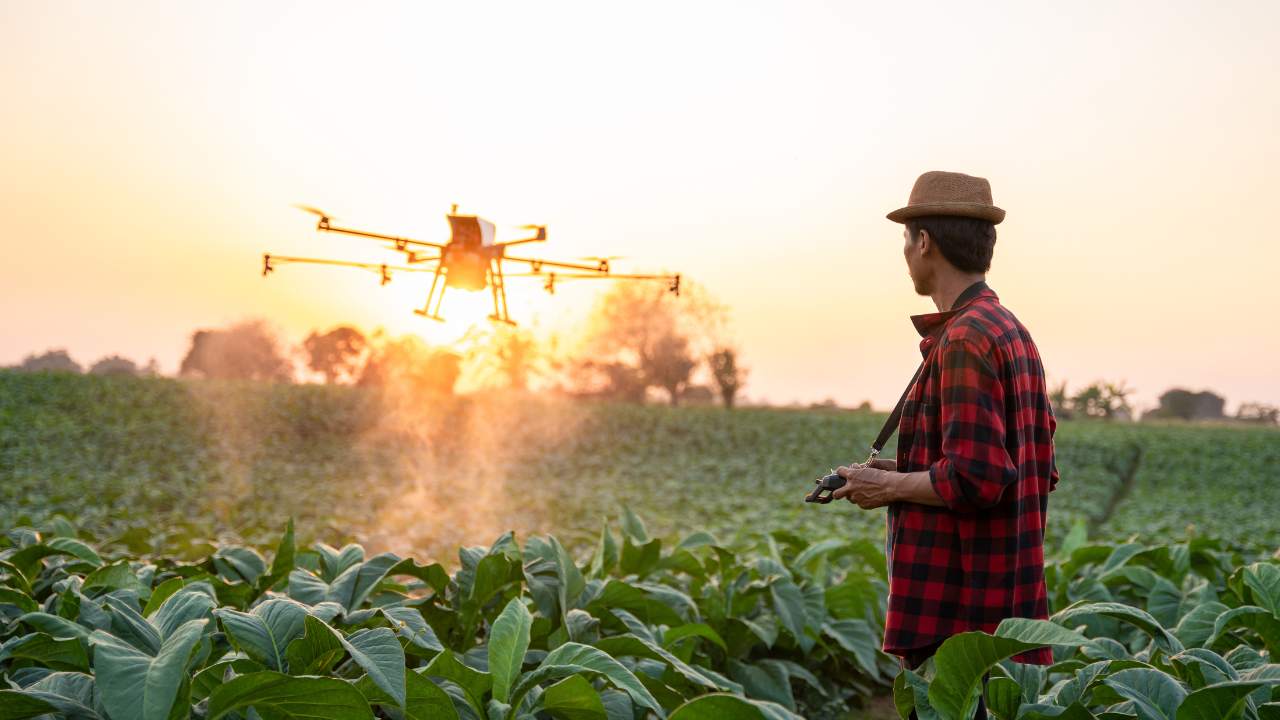
Transforming Farming: How Agricultural Drones are Solving Key Challenges in Agriculture
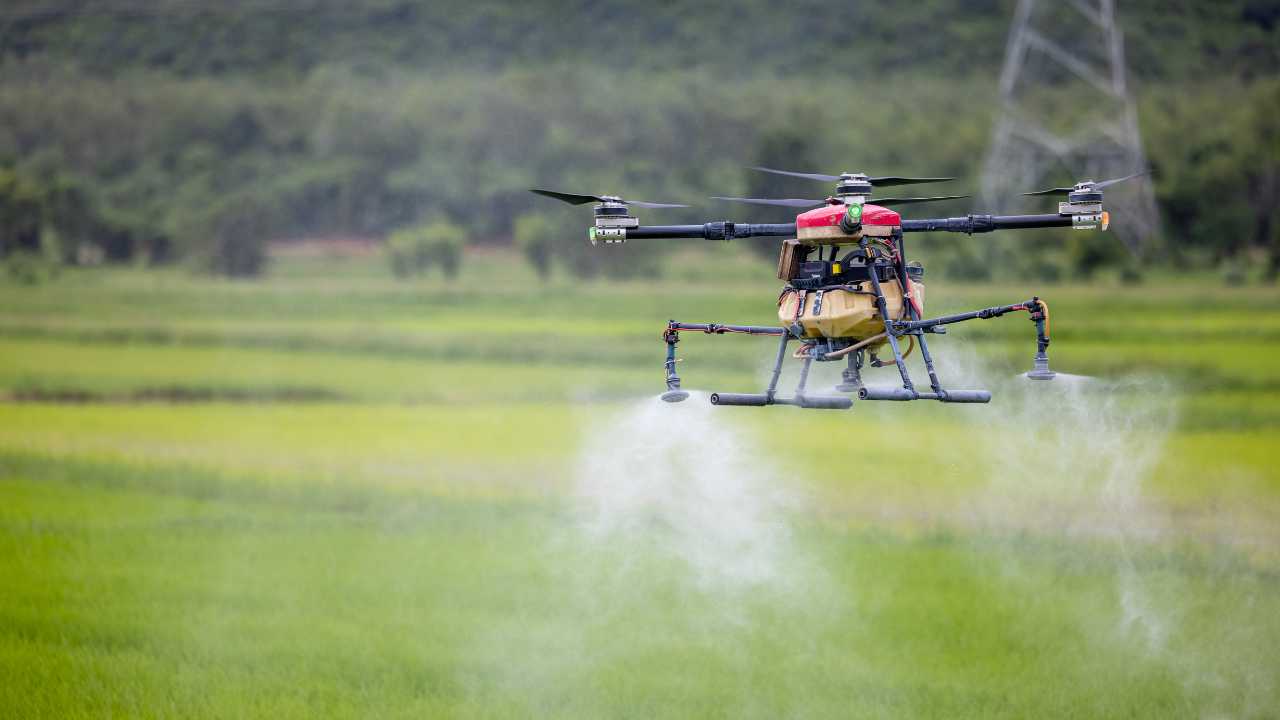
Innovative Uses for Drones in Agriculture
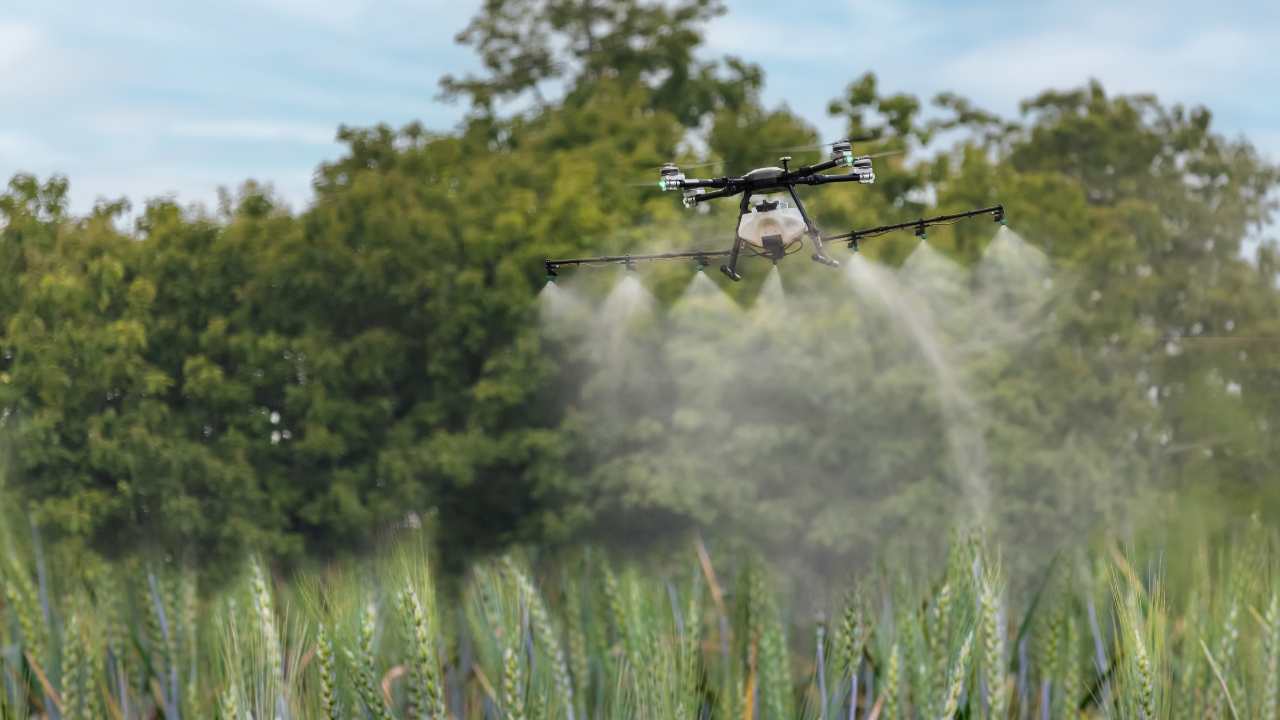
Applications of Drones in Precision Agriculture
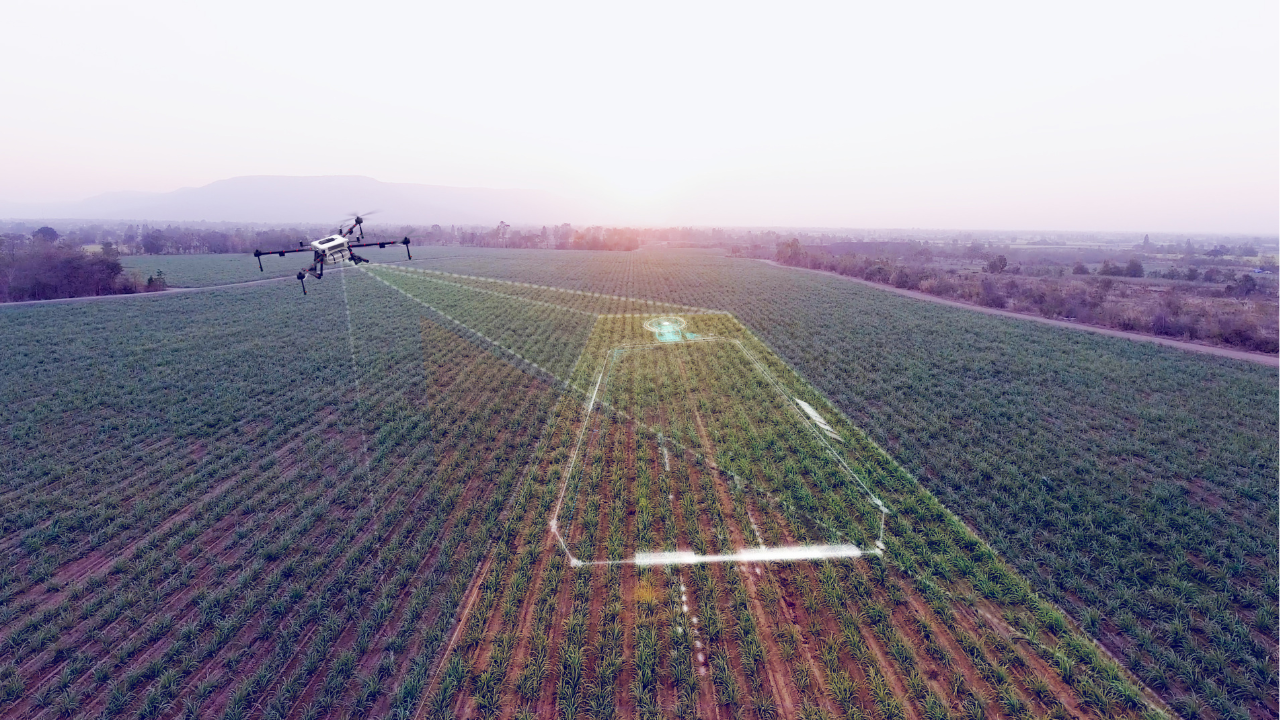
The Transformative Impact of Drones in Indian Agriculture Introduction
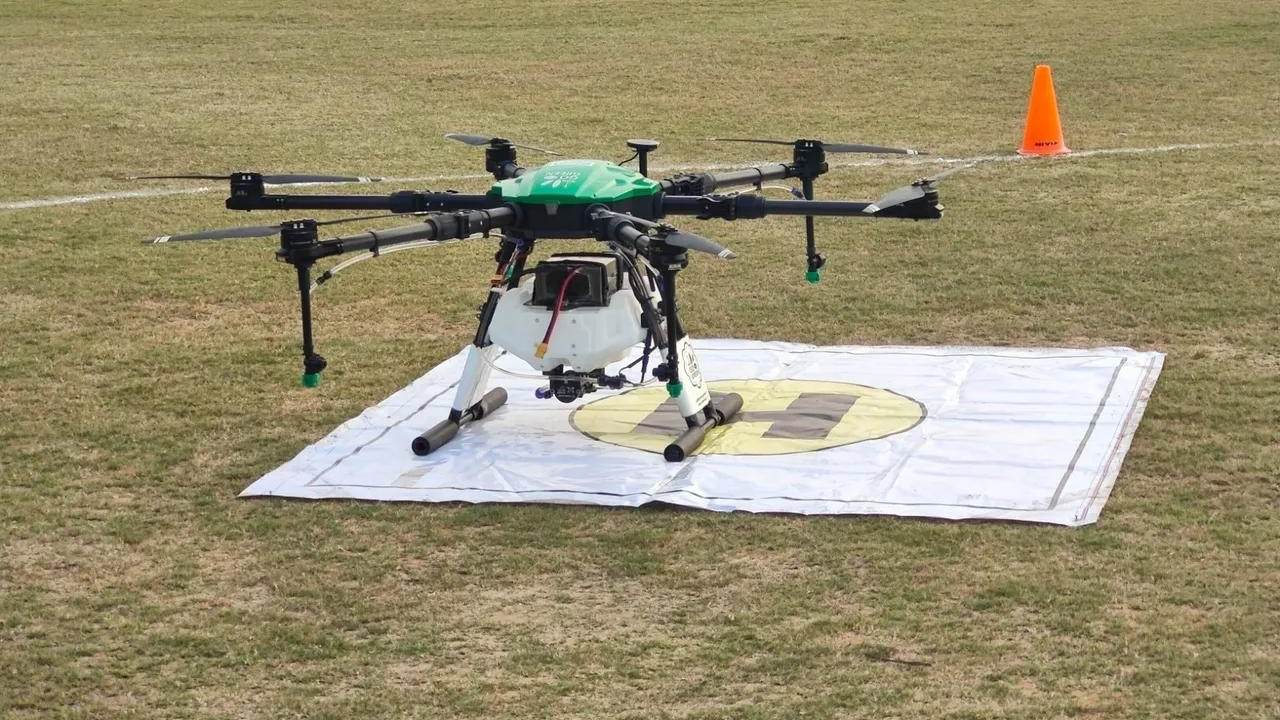
The Revolution of Agriculture Drone Spraying in India: Profitability, Efficiency, and Investment
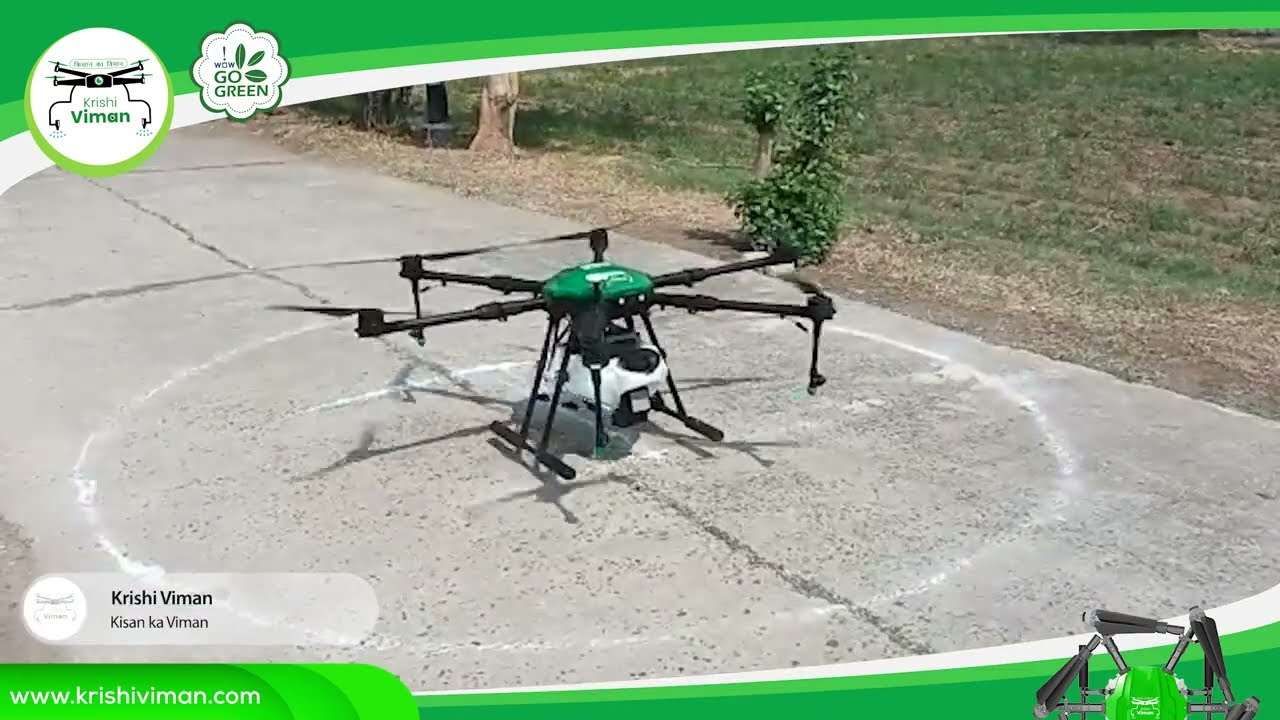
Exploring Cost-Effective Drone Solutions for Indian Agriculture: A Review of Krishiviman.com Offerings
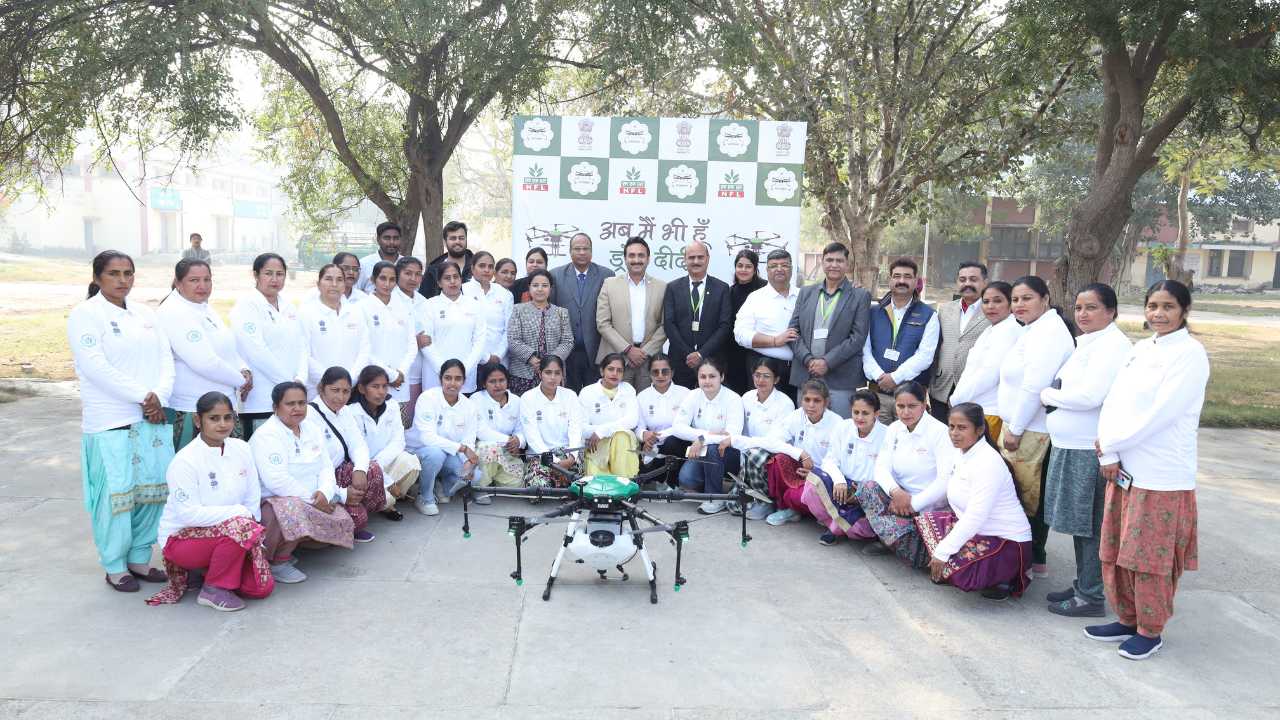
Unleashing Potential: RPTO Drone Training in Indian Agriculture
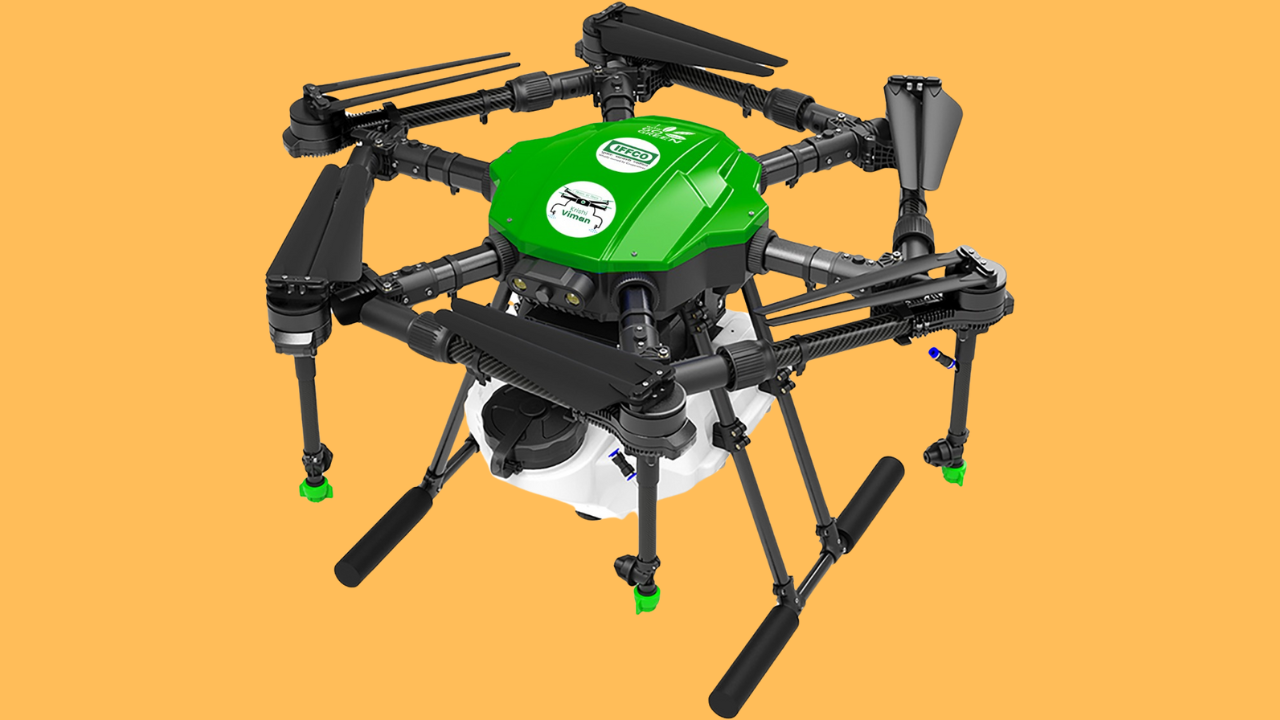
How to Use and Maintain the Agricultural Spraying Drone Battery
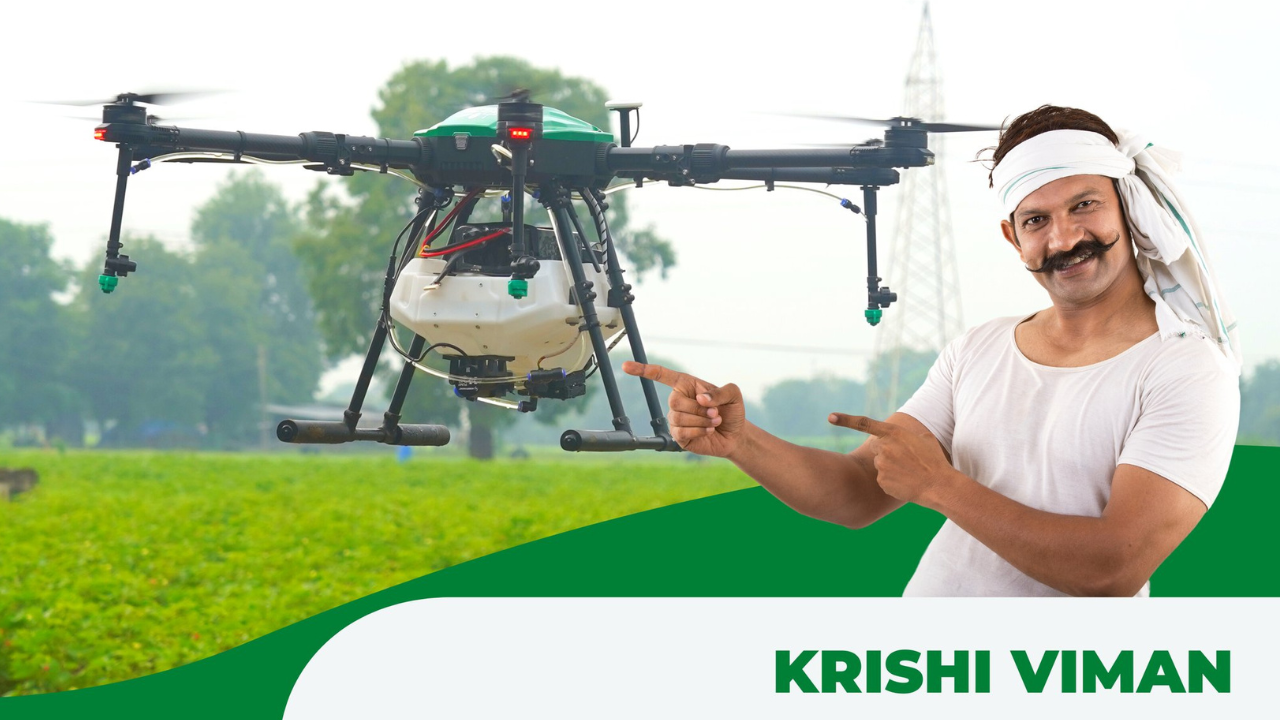
Cost-Benefit Analysis: Is Investing in Agricultural Drones Worth it for Indian Farmers?
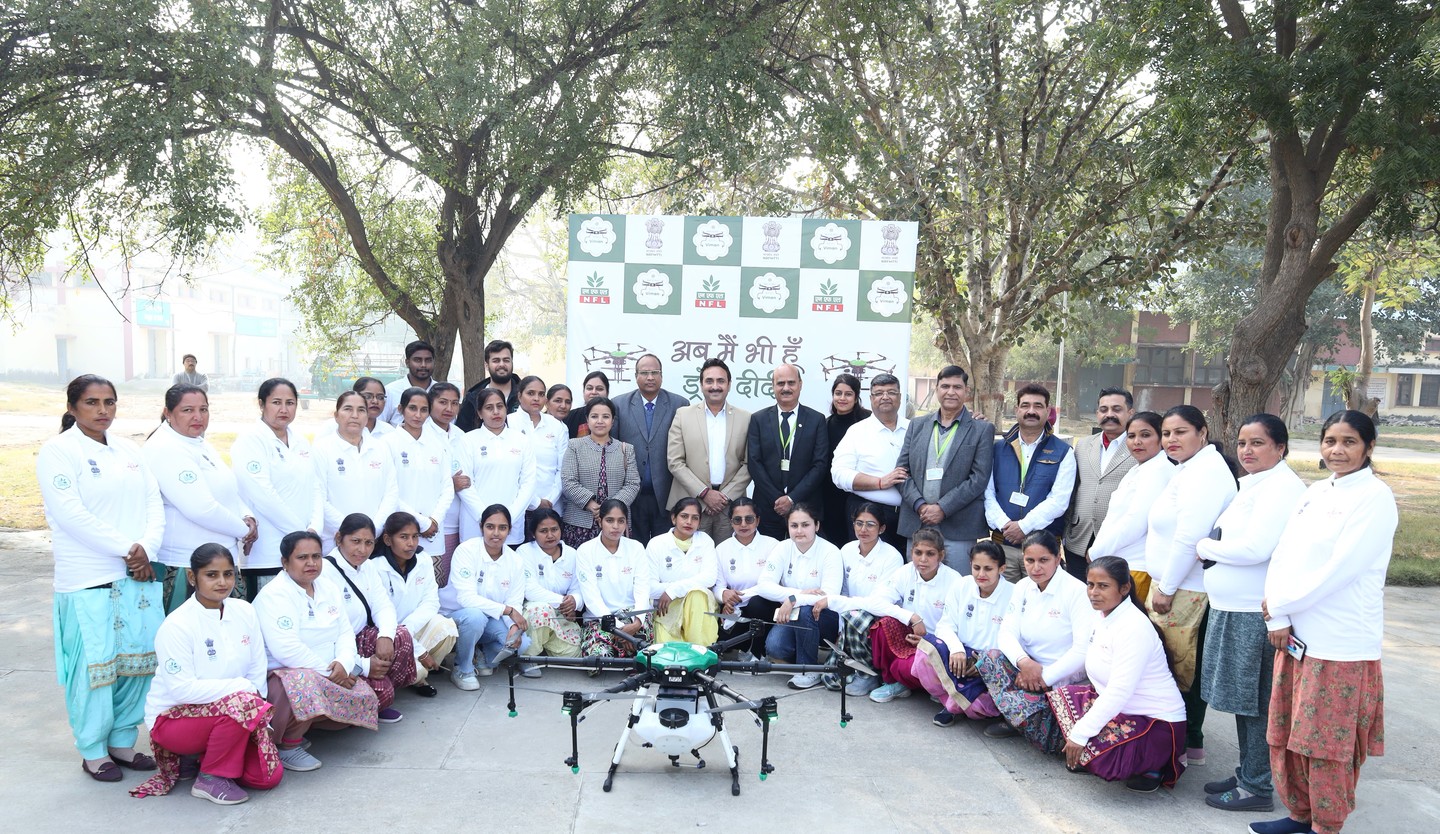
Krishi Viman: Pioneering Women's Empowerment in the Agricultural Drone Segment
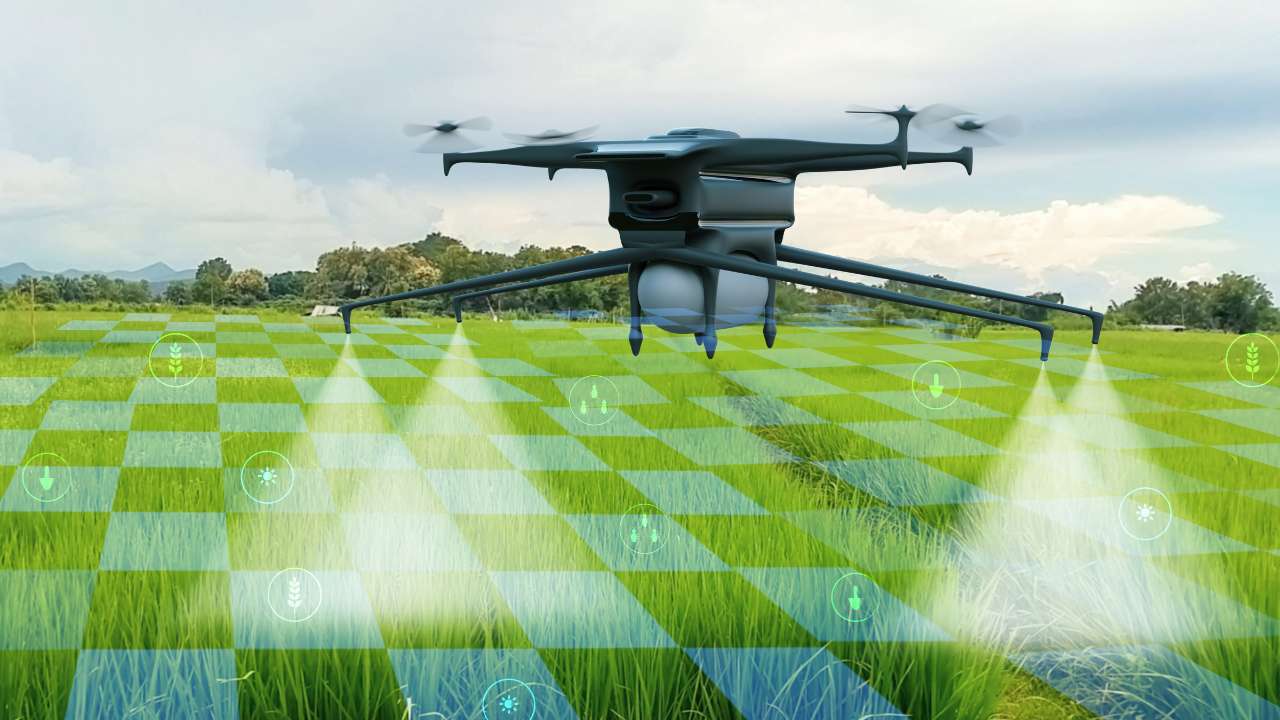
How Krishi Viman are Transforming Indian Agriculture
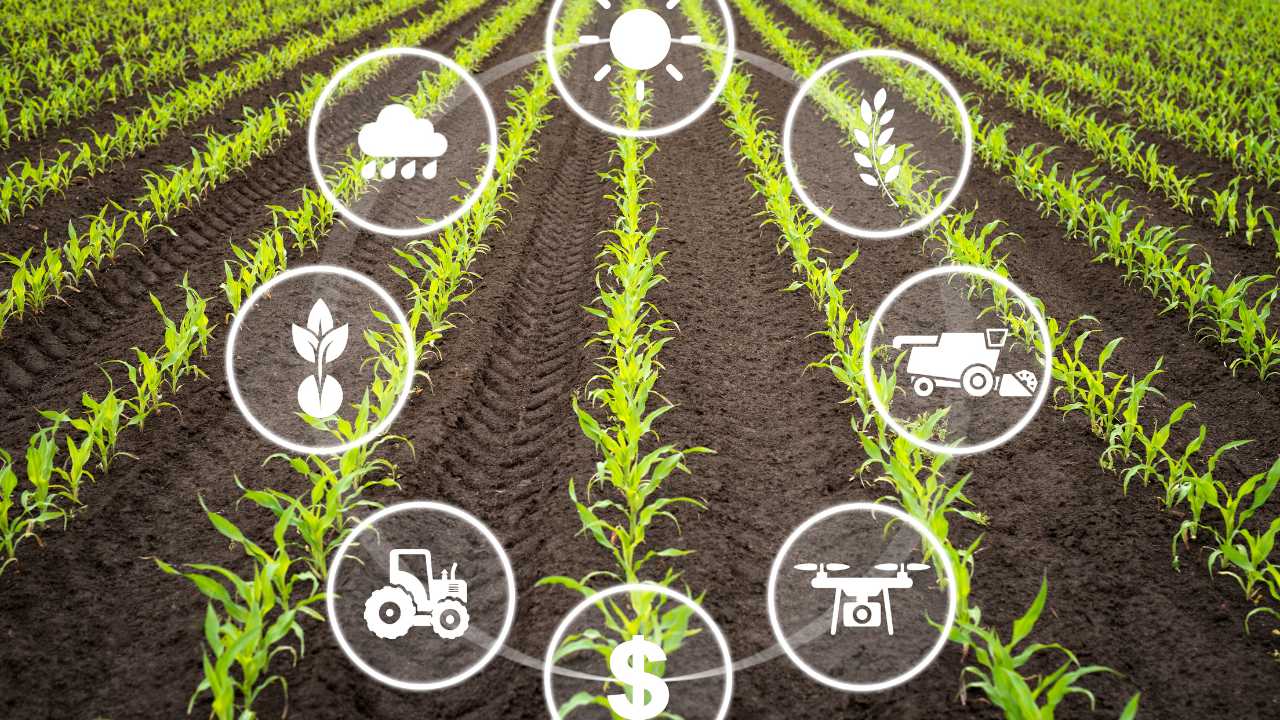
The Future of Flight: What's Next for Agricultural Drones in India?
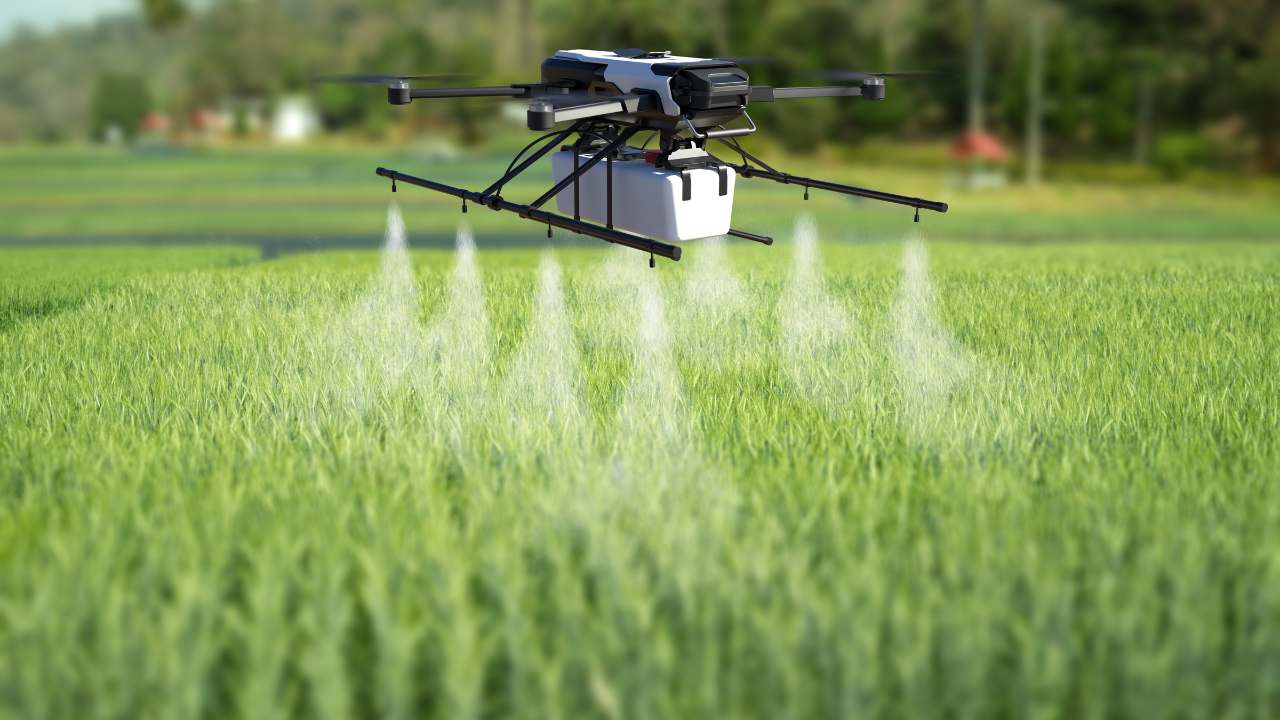
The Potential of Agricultural Drones to Improve Crop Yields and Farmer Livelihoods in India
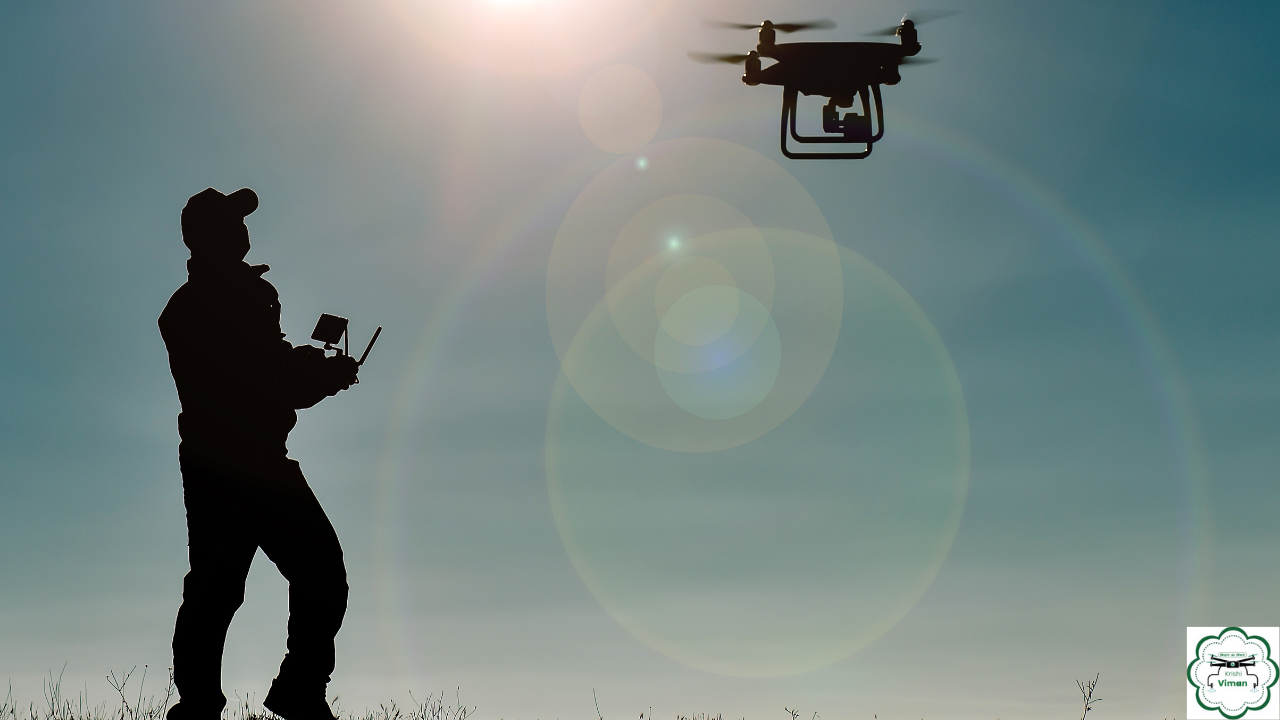
Revolutionizing Farming Practices: The Rise of Agricultural Krishi Viman for Spray Purpose
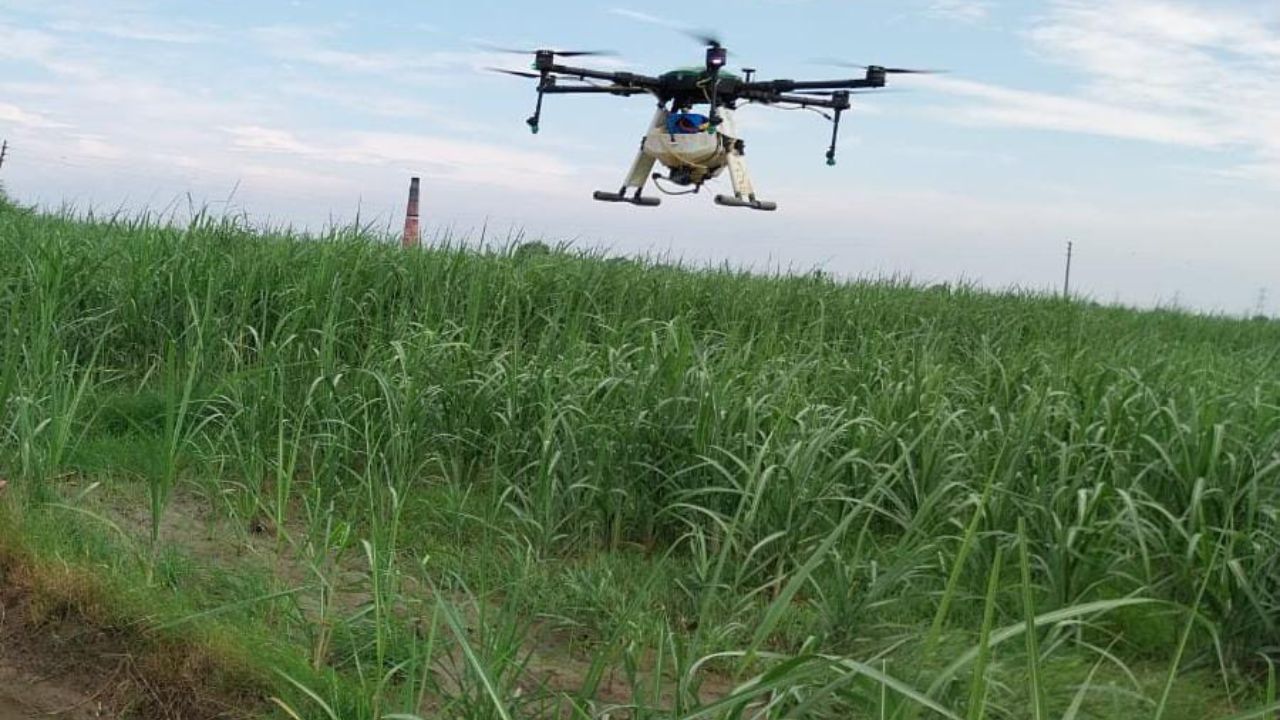
Enhancing Farming Efficiency: Mapping and Surveillance with Agricultural Spraying Drones
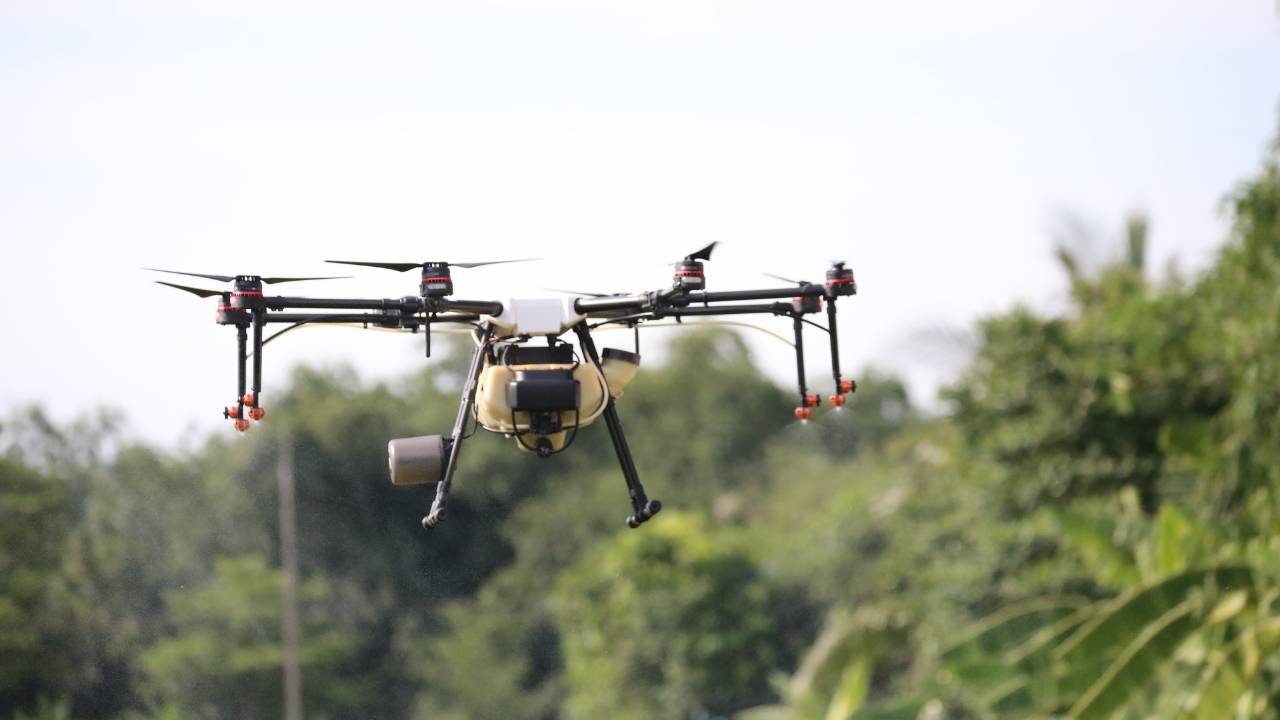
Addressing the Real Concerns of Drone Use in Indian Agriculture
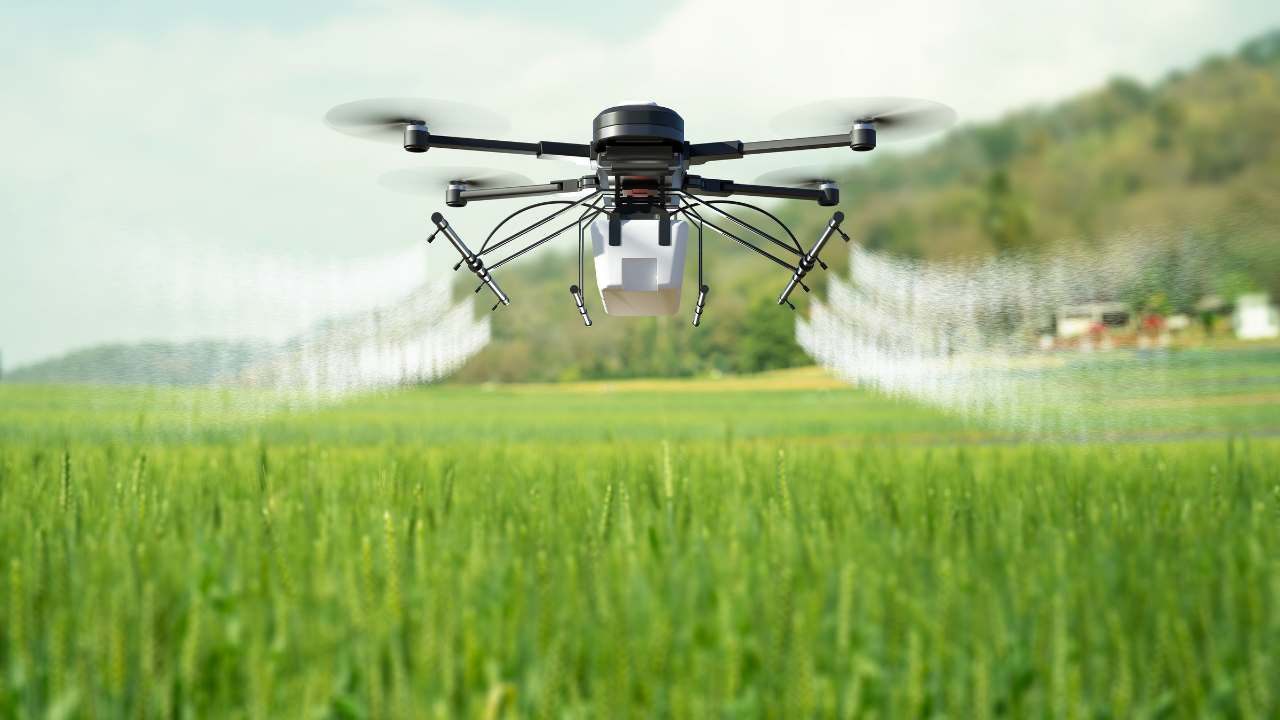
Revolutionizing Agriculture: The Journey of Indian Farmers Embracing Drone Technology
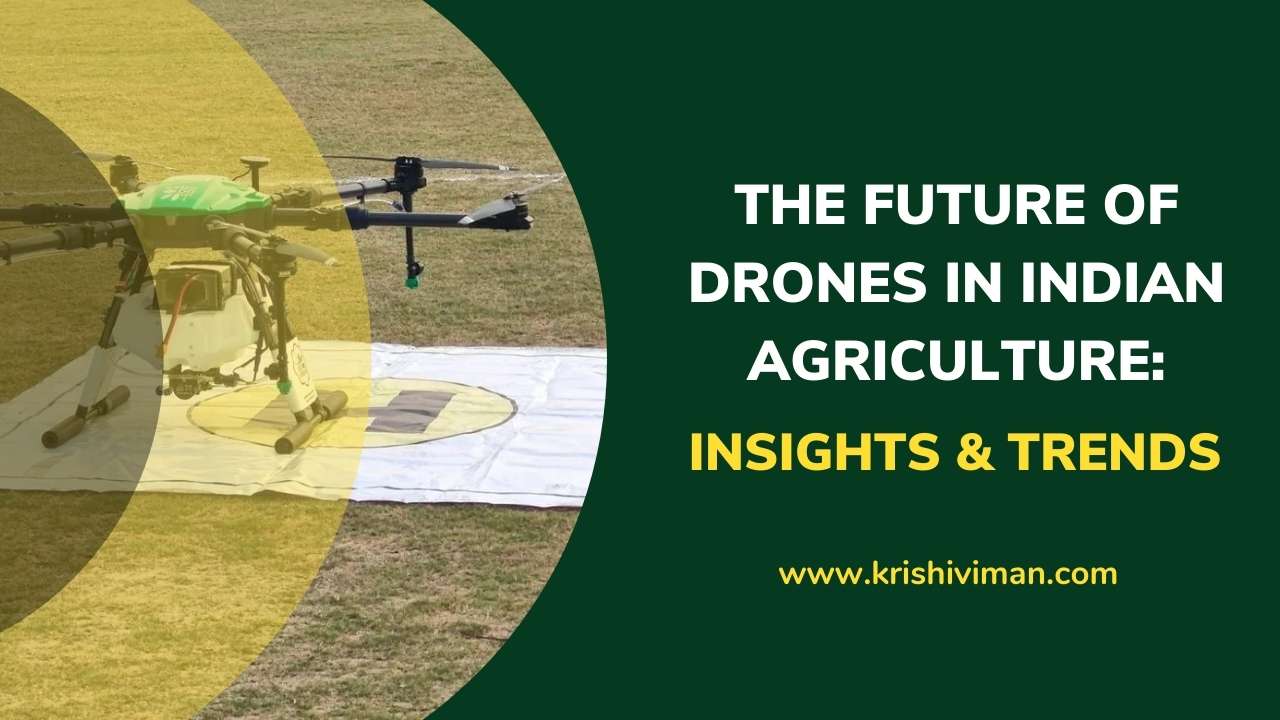
What is the future of drones in Indian agriculture?
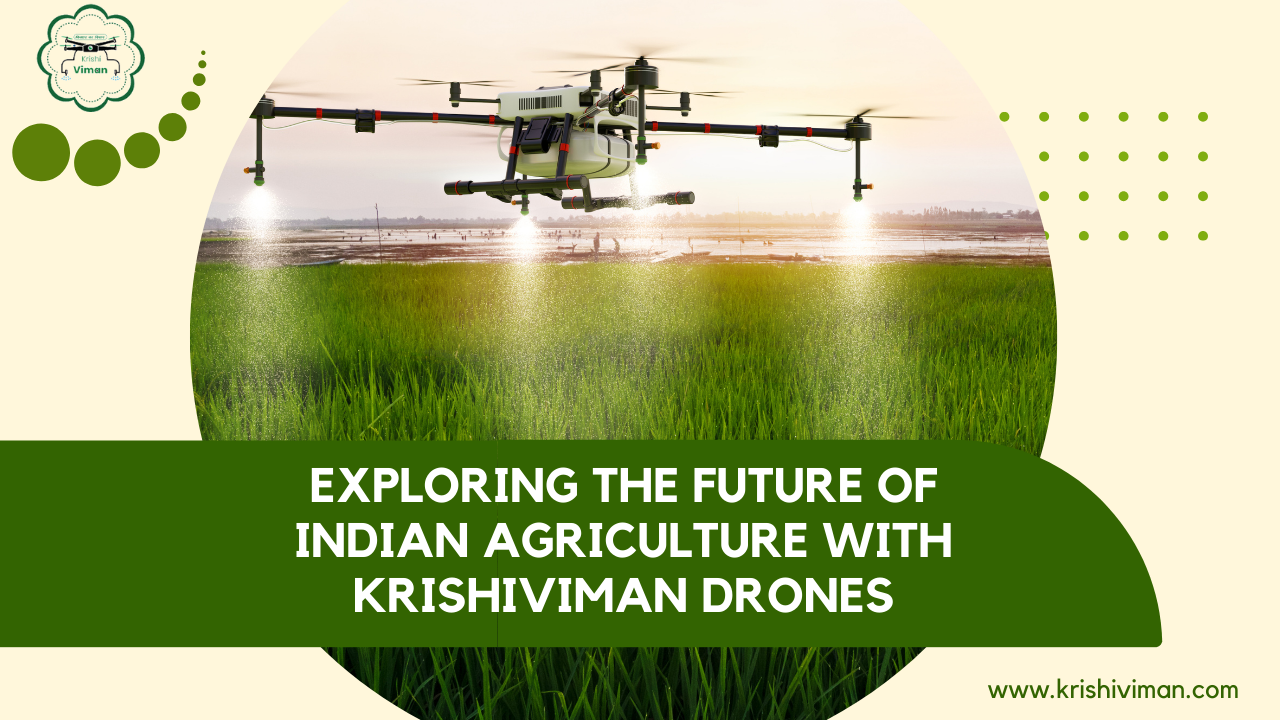
How Drones Could Be the Future of Indian Farming: A Deep Dive into Krishiviman's Innovations
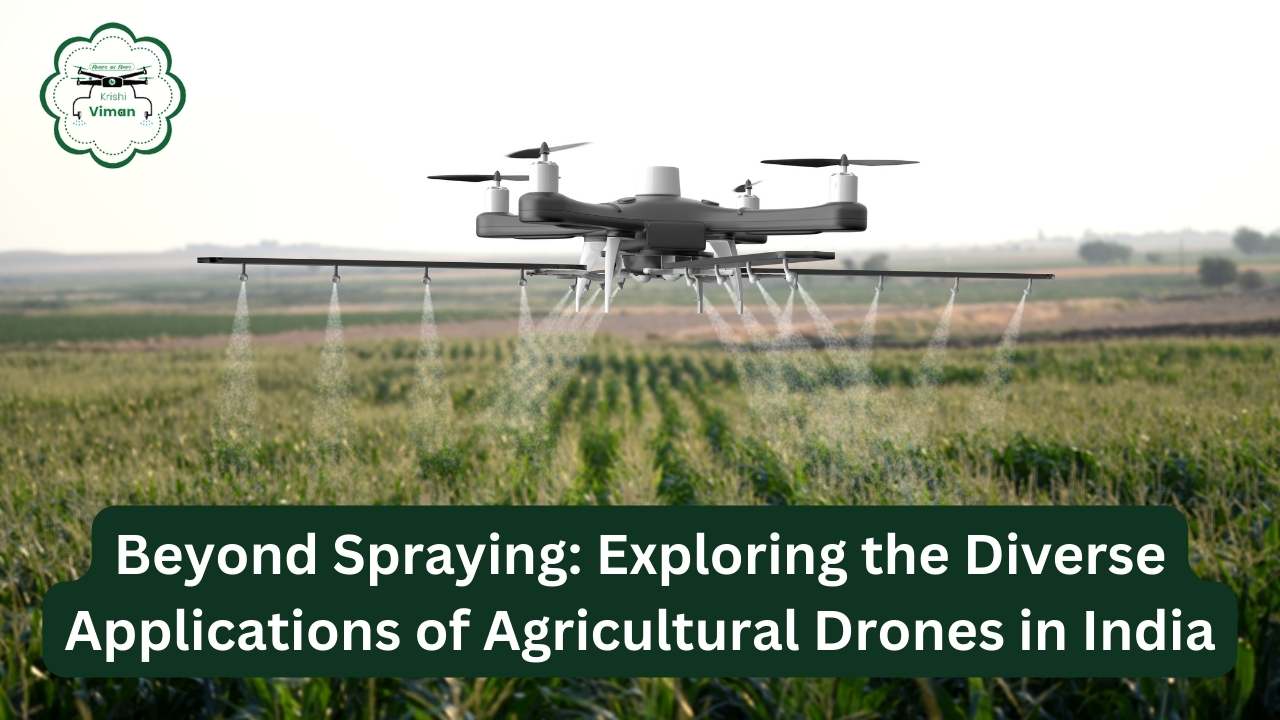
Beyond Spraying: Exploring the Diverse Applications of Agricultural Drones in India
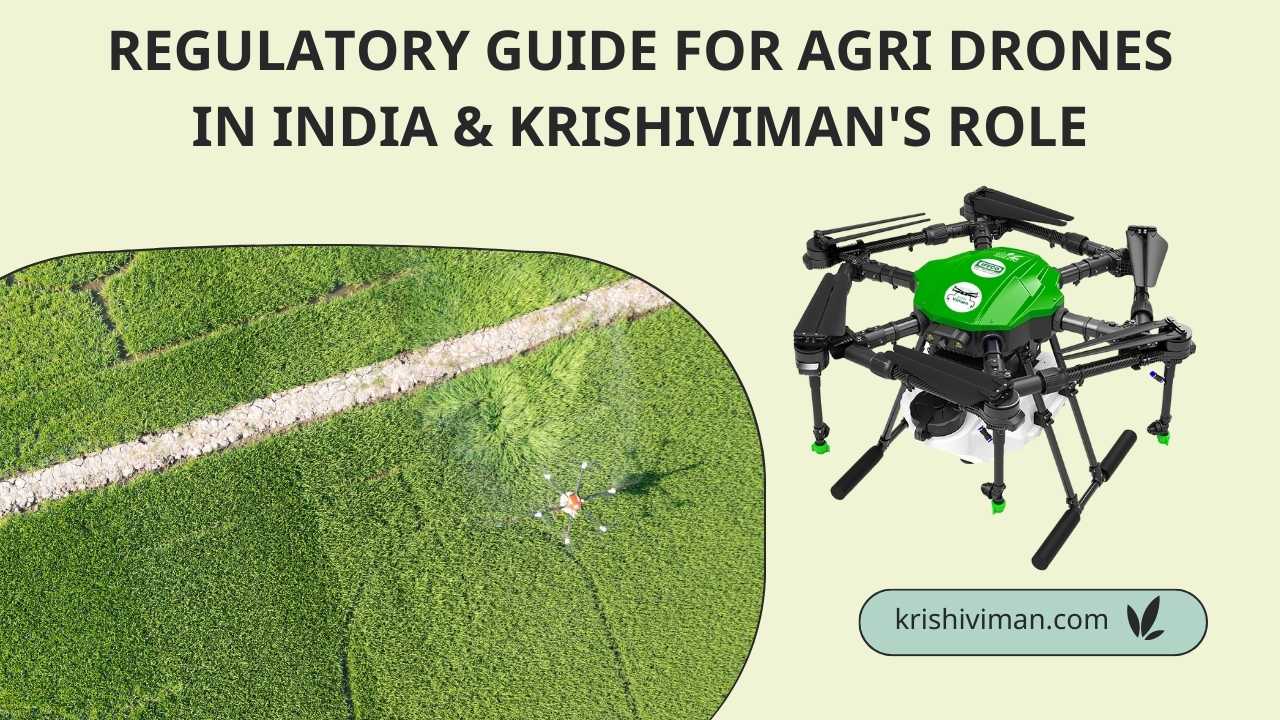
Regulatory Guide for Agri Drones in India & Krishiviman's Role
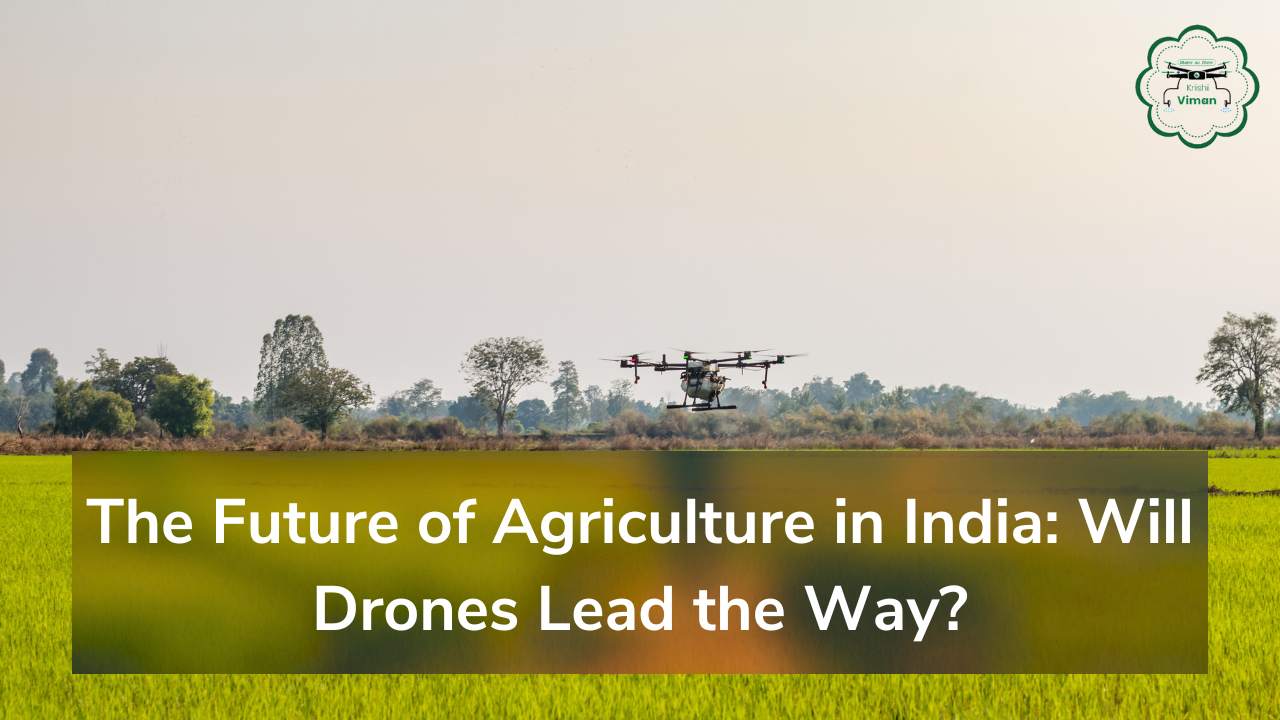
The Future of Agriculture in India: Will Drones Lead the Way?
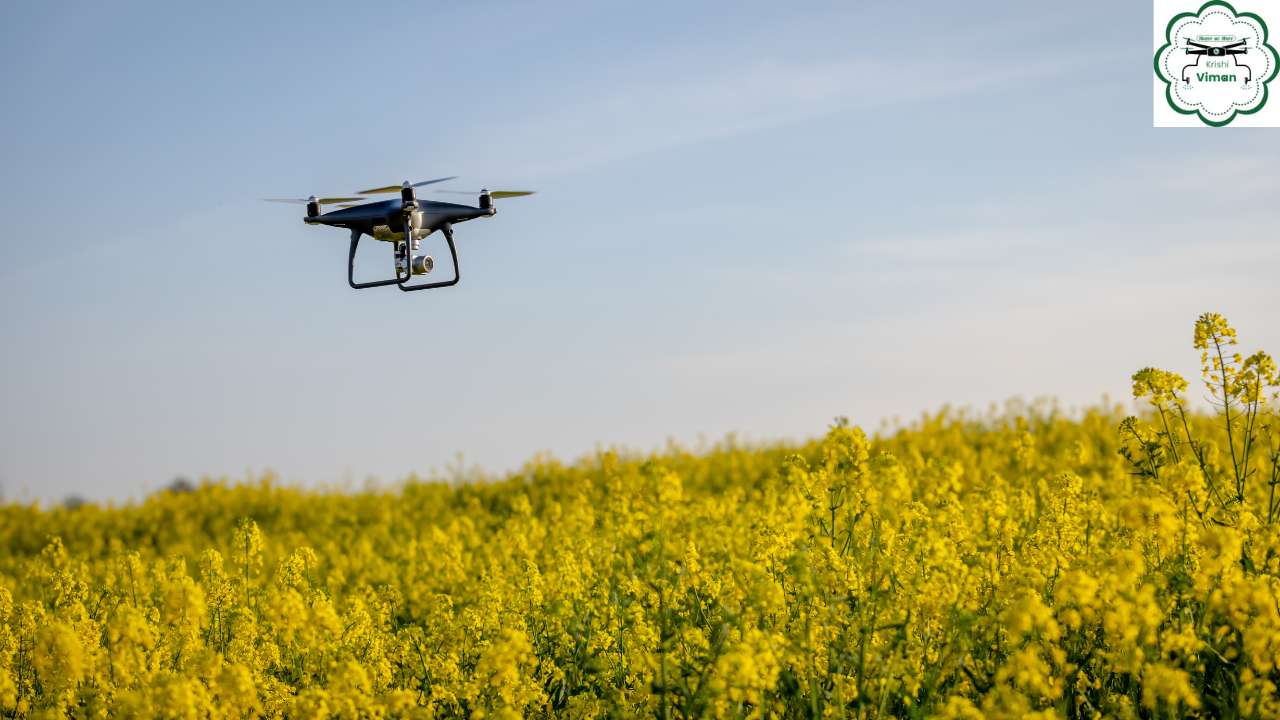
Pioneering Agri Drone Innovation in India Introduction to WOW Go Green LLP


